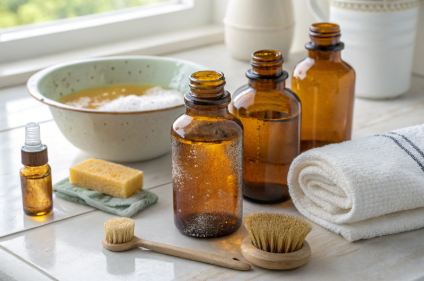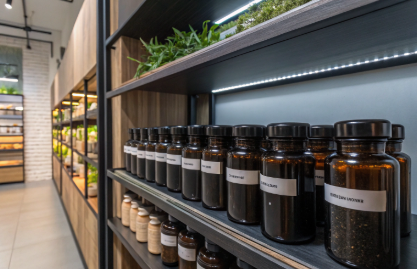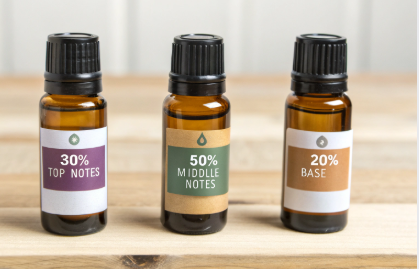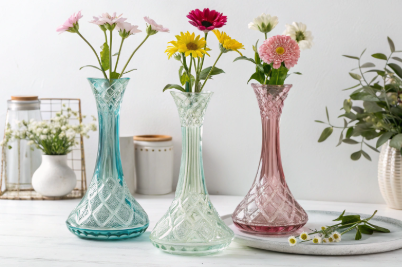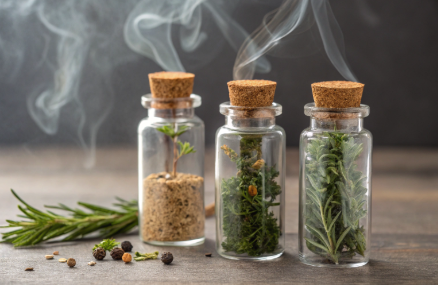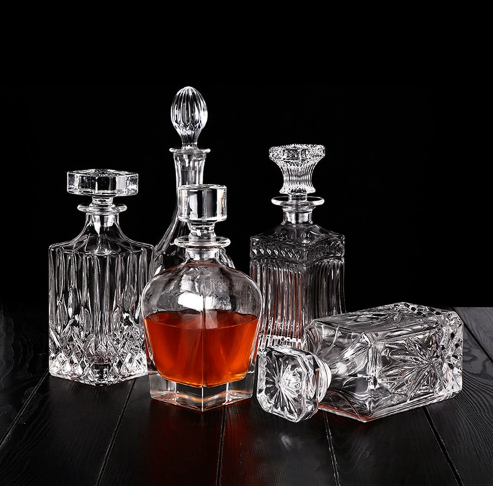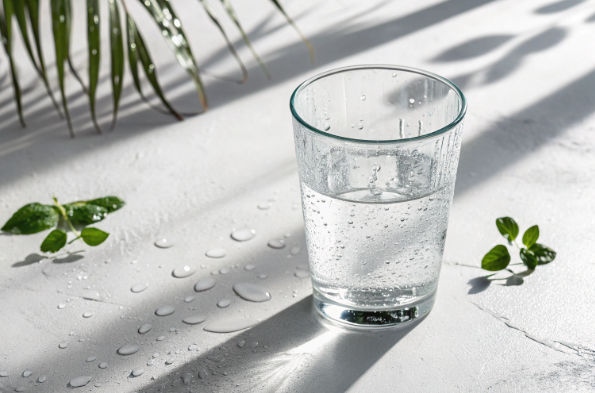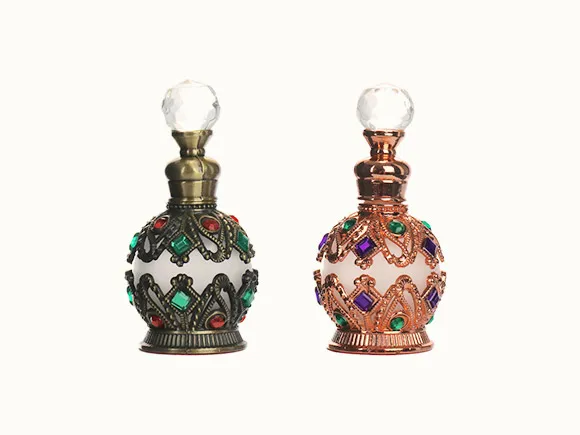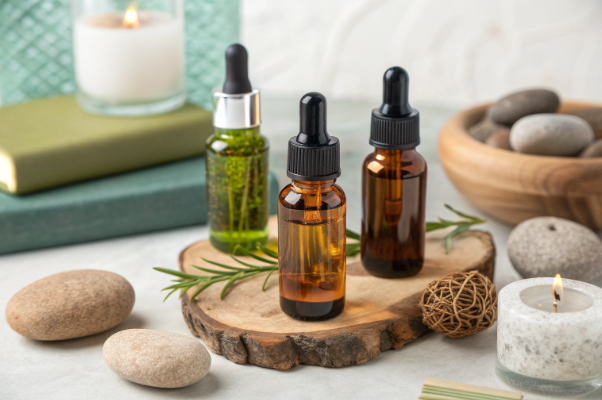Herbs and essential oils are powerful natural tools—but they’re also fragile. Without proper storage, they lose potency, aroma, and even safety. For herbalists, formulators, and wellness brands, preserving ingredient integrity is non-negotiable.
To store herbal ingredients and essential oils properly, keep them in airtight, dark glass or metal containers, in a cool, dry place away from heat, light, and humidity. Label each with date, source, and contents.
Let's break down the best practices for protecting these valuable botanicals.
How should essential oils be stored?
Essential oils are highly concentrated—and highly sensitive.
Essential oils should be stored in tightly sealed dark glass bottles (amber or cobalt), upright, and in a cool, dry location away from direct light and heat.
Dive Deeper: The Four Storage Enemies
At PauPack, we educate both B2B clients and end users on how to protect essential oils from:
| Enemy | Effect on Oil | How to Prevent |
|---|---|---|
| Light (UV) | Degradation, oxidation | Use amber/cobalt bottles |
| Heat | Accelerated spoilage | Store below 70°F (21°C) |
| Oxygen (air) | Evaporation, chemical changes | Seal bottles tightly |
| Moisture | Bacterial contamination | Avoid bathroom or humid areas |
We design oil packaging with airtight droppers, UV-resistant glass, and optional tamper-evident seals, giving brands the full toolkit to ensure shelf stability.
What is the 30 50 20 rule for essential oils?
Crafting blends isn’t guesswork—it’s guided by fragrance structure.
The 30/50/20 rule refers to balancing an essential oil blend: 30% top notes, 50% middle notes, and 20% base notes to ensure a well-rounded, long-lasting scent.
Dive Deeper: Blend Protection Starts With Storage
Each note reacts differently to storage:
-
Top notes (e.g. citrus, mint) evaporate quickly—require airtight packaging
-
Middle notes (e.g. lavender, rosemary) are sensitive to heat and light
-
Base notes (e.g. patchouli, sandalwood) last longest, but still degrade over time
At PauPack, we provide brands with batch labeling tools, UV-safe finishes, and protective inserts that ensure your blends remain intact through production, shipping, and shelf display.
How do you store herbal medicine?
Herbs may be dried, but they’re still alive with potency.
Dried herbal medicine should be stored in airtight glass or metal containers, labeled and dated, and placed in a cool, dark, and dry environment.
Dive Deeper: Best Practices for Dried Herbs
Container Options:
-
Amber glass jars: Protect from light and are non-reactive
-
Tin canisters: Lightweight and effective against moisture
-
Vacuum-sealed bags: Great for bulk storage, if kept out of light
Labeling Essentials:
-
Botanical name (e.g., Matricaria chamomilla)
-
Harvest or expiry date
-
Part used (e.g., flower, leaf, root)
-
Storage batch code
Avoid plastic and paper bags for long-term storage—both let in air and moisture. PauPack can supply custom-labeled apothecary jars, branded tins, and airtight pouches for herbalists scaling their operations.
How do you store herbal oil?
Infused oils have the healing properties of both herbs and carriers—but they spoil faster than essential oils.
Store herbal oils in sterilized amber glass bottles, with tight-fitting caps, in a cool, dark place. Refrigeration can extend their shelf life.
Dive Deeper: Herbal Oil vs Essential Oil Storage
Unlike essential oils, which are pure volatile compounds, herbal oils contain:
-
Carrier oils like olive or jojoba
-
Infused herbs that may contain water content
-
Preservatives (sometimes added)
This means they’re prone to:
-
Rancidity from carrier oil oxidation
-
Mold or bacteria from improper filtration
Tips to Extend Shelf Life:
| Step | Benefit |
|---|---|
| Sterilize containers | Prevents contamination |
| Store in fridge | Slows oxidation and spoilage |
| Use antioxidants | Vitamin E can boost stability |
| Keep capped tightly | Avoids air exposure |
PauPack offers food- and cosmetic-grade glass bottles with dropper, pump, and aluminum caps, as well as refrigeration-safe labeling solutions for herbal oil brands.
Conclusion
Storing herbal ingredients and essential oils correctly protects your product, your brand, and your customer’s experience. At PauPack, we help herbalists and wellness brands scale with packaging that preserves potency and tells a story of care.




